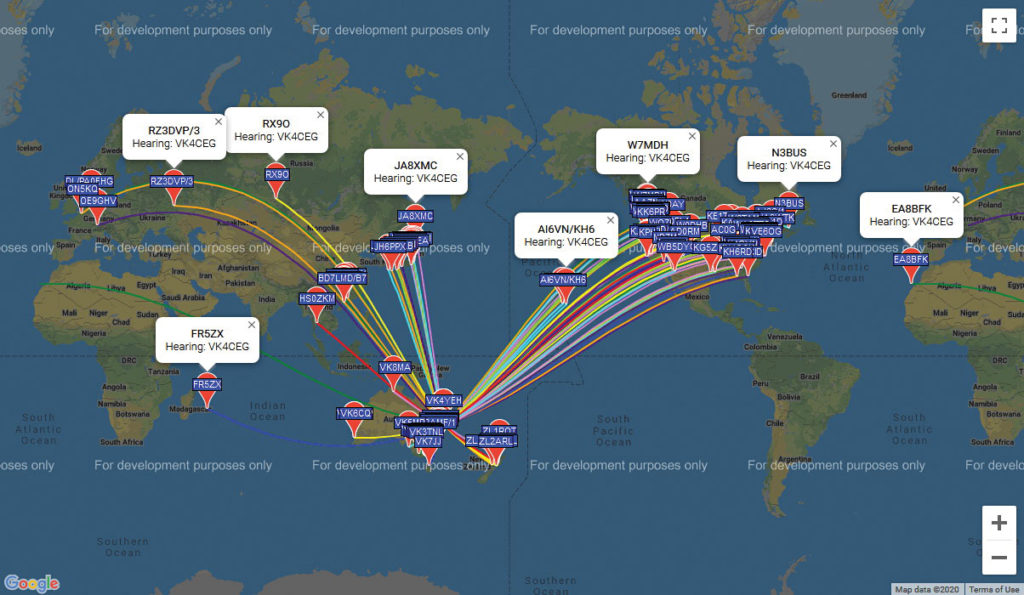
Something You Can Learn During Covid Quarantine…
I began my interest in Radio at age 10 when I built my first crystal set from instructions in a library book. I was hooked and this led to a career in radio and electronics via telecom, (then PMG) and the RAAF and finally to my own electronics business.
As a young Radio tradesman in the RAAF I was sent to Townsville and through the local Radio club, discovered a lot of old guys (probably 40 years old) who seemed to have a great time talking by radio to each other, and the world, and generally playing electronics. I had no trouble gaining my Amateur Radio licence and learned morse code with a friend over about 6 months and many beers. After transferring to Darwin I embraced radio and contacted amateurs from countries all over the world.
After the RAAF my own electronics business left little time for amateur radio, but I kept my licence valid and it remained an interest. After retirement my interest was reignited and I discovered many things had changed in the intervening years. Technology had changed amateur radio, but that only made the challenge greater. I discovered modern amateurs make extensive use of technology.
So I recently built a simple radio for Morse code only and I discovered it had a WSPR (Weak Signal Propagation Reporter) facility built in. The kit cost less than $50. It produced 5 watts of power on a single band. That’s less than a single LED downlight. I set it up and left it overnight. The map shows the amateur stations that heard and reported my call over about 18 hours.
WSPR (pronounced whisper) is one of the newer amateur radio modes used to determine the propagation of radio waves over particular paths. Basically, a tiny coded signal is sent, that includes the callsign, the power level and location. Amateurs who receive the signals report them to a website and the sender can check where the signals were received.
Propagation depends largely on the height of the ionosphere, but is influenced by many other factors including solar and storm activity. I learned a lot from my WSPR activity and still have much more to learn about propagation. Amateur radio is about self education. My entire station is solar powered so I had to learn how to set that up.
It’s easier than ever to enter the amateur ranks now as a foundation licence has been introduced that includes a simple regulations exam, so you know about radio regulations and distress calls , a practical exam, so you know how to operate a radio safely, and a basic theory exam, so you know the basics of radio communication. Morse code is no longer required (but still popular). A foundation licence will get you started and on the air.
Amateur radio is diverse. Some amateurs contact as many countries as possible and achieve certificates for 100 countries. Others climb mountains and contact stations from portable sites. Many simply experiment or build new amateur antennas. Amateurs today can communicate through repeaters that are generally located on a high point allowing two handhelds to communicate. Some repeaters are linked to the internet and can communicate to other internet linked repeaters allowing handheld communication virtually world-wide. Many amateurs become involved in emergency communications, critical, when all else fails, such as during the recent bushfires.
You can study the required subjects online through the radio electronics school online course, www.res.net.au or join a local radio club such as the Southside Amateur Radio Society, in Logan.
By Graham VK4CEG